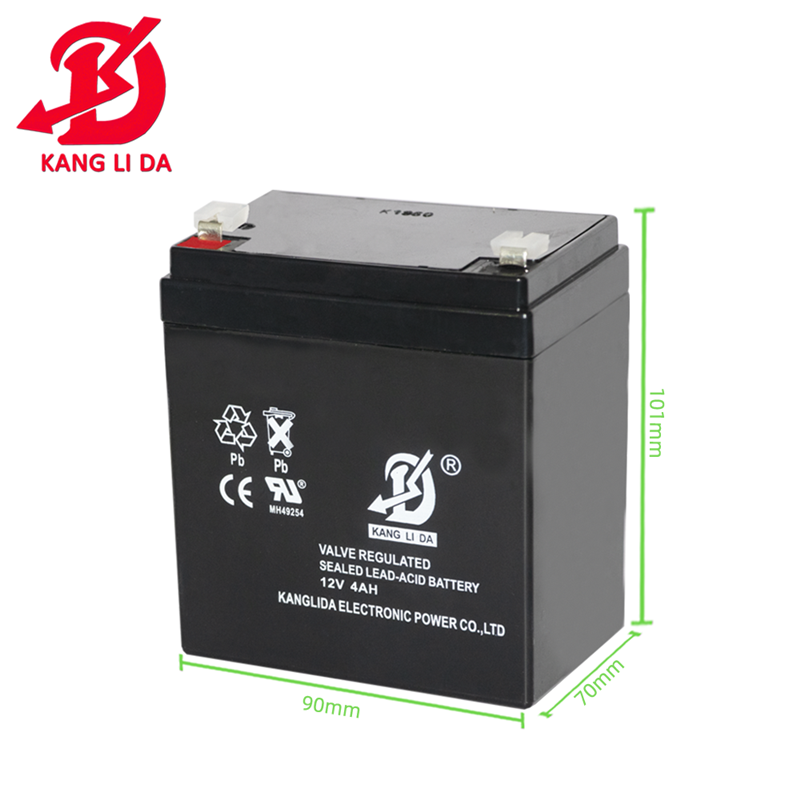How does the battery deformation occur?
How does the battery deformation occur?
The deformation of the battery is not sudden, it is often a process. The battery enters the high-voltage charging zone when it is charged to about 80% of its capacity. At this time, oxygen is first precipitated in the positive electrode, and the oxygen passes through the pores in the separator to reach the negative electrode. Perform oxygen resurrection reaction on the negative plate:
2Pb+O2=2PbO+H2O+Q
PbO+H2SO4=PbSO4+H2O+Q
Heat is generated during the reaction. When the charging capacity reaches 90%, the rate of oxygen generation increases, and the negative electrode starts to generate hydrogen. The increase of a large amount of gas is that the internal pressure of the battery exceeds the valve-opening pressure, the safety valve opens, and the gas escapes, which eventually manifests as water loss.
2H2O=H2+O2

As the number of battery cycles increases, the moisture gradually decreases, resulting in the following conditions in the battery:
(1) The oxygen "channel" becomes unblocked, and the oxygen generated by the positive electrode can easily reach the negative electrode through the "channel".
(2) The heat capacity is reduced. The largest heat capacity in the battery is water. After the water is lost, the heat capacity of the battery is greatly reduced, and the heat generated makes the temperature of the battery rise quickly.
(3) Due to the shrinkage of the ultra-fine glass fiber separator in the battery after the loss of water, the adhesion between the positive and negative plates becomes worse, the internal resistance becomes larger, and the heat generation during charging and discharging increases. After the above process, the heat generated inside the battery can only be dissipated through the battery slot. If the heat dissipation is less than the calorific value, the temperature rises, which reduces the overpotential of the battery gassing and increases the gassing capacity. A large amount of oxygen in the positive electrode passes through the "channel" and reacts on the negative surface, emitting a large amount of heat to make the temperature rise rapidly. The formation of a vicious circle leads to "thermal runaway" and deformation.
Message





